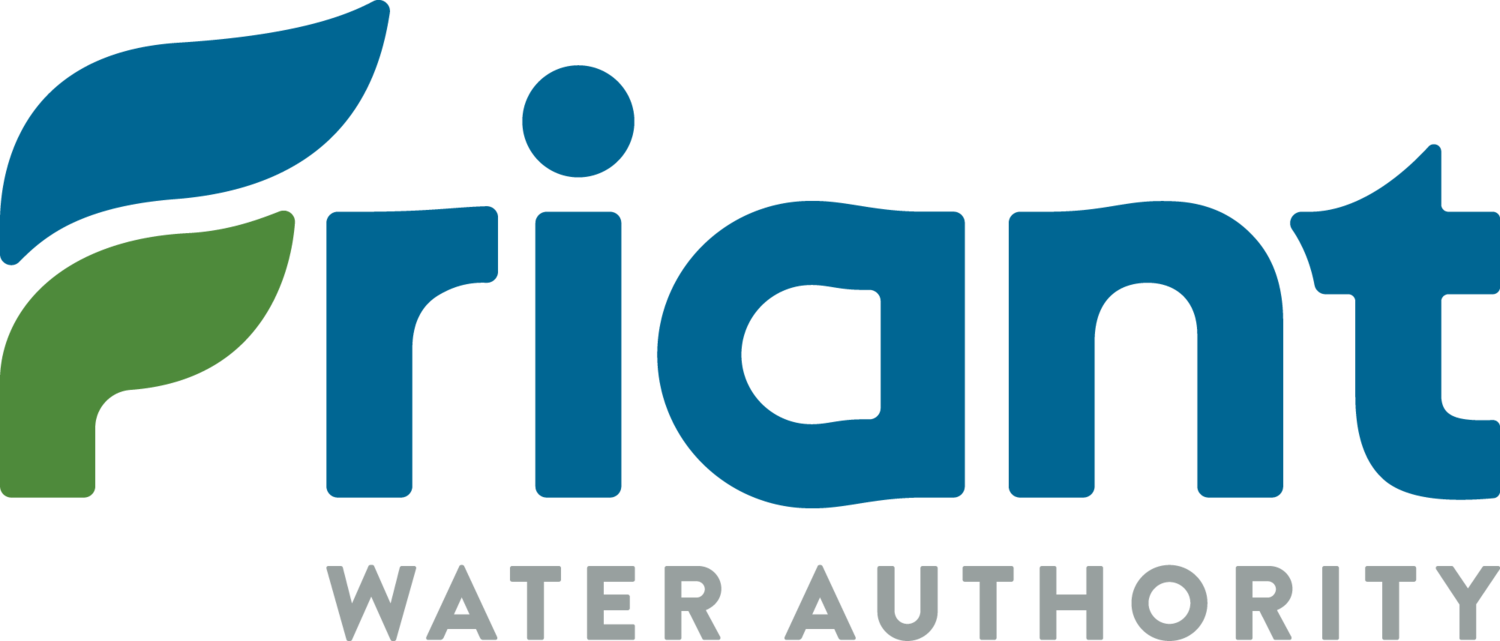Imagine how you would make decisions if you received an annual paycheck, with a dollar amount that was announced in March, but which was delivered in June with a 20- to 40-percent difference (plus or minus) from what was announced in March. This has been the experience of water users on the San Joaquin River, where spring snow-melt forecasts have often been off by 350 thousand acre-feet, roughly the storage capacity of Friant Dam. To be fair, conventional DWR snow melt forecasts have performed miracles with a modest budget and limited measurements: for instance, there are roughly thirty monitoring locations in the 1,675 square mile San Joaquin watershed, some which are only monitored once a season. However, better information would clearly provide greater confidence in decisions and fewer missed opportunities for water management. Better information is the promise of a cutting edge pilot program that seeks to measure snow (and its water content) throughout the Sierra Nevada. The program is NASA’s Airborne Snow Observatory, or ASO for short. Water Users in the Tuolumne Basin have used ASO surveys to predict the reservoir inflows from snow within two percent of forecasts. Having seen these improvements, the Friant Division’s water users have committed to a three-year seed funding effort aimed at improving water supply allocations on the San Joaquin and to spring-boarding the adoption of this technology on a Sierra-wide basis.
ASO – a technological response to the growing demands for water
In 2017, the Friant-sponsored ASO surveys of the San Joaquin documented snow drifts with faces of 20 to 40 feet (pictured above) and snow-depths of over 90 feet, the deepest measured by the program to-date. (Photo credit: New York Times)
Snow surveys were pioneered in the Sierra Nevada in 1909, consisting of a handful of permanent locations where snow was monitored on regular intervals. Beginning in 1931, forecasts were conducted by DWR on the San Joaquin River and, over the years, the conventional filed survey methods were augmented with telemetry stations. Presently, the San Joaquin watershed hosts 31 locations where data is collected to help estimate inflow to Lake Millerton. However, several factors stand in the way of improving the accuracy of the conventional technology, including restrictions on measurement in wilderness areas (where over 40% of the snow fell in 2017). “In some respects, before the ASO technology, we were sometimes flying blind with regards to measuring upper elevation snow pack when trying to predict high volume runoff events. This technology, combined with traditional snow surveying and water prediction methods, allowed us to better understand and predict runoff volumes, which in turn allowed water managers to more appropriately respond to the wet conditions experienced in 2017.” Commented David Rizzardo, Chief for the Snow Surveys Section/Water Supply Forecasting Division, for DWR. Without a doubt, DWR’s survey techniques have yielded a cost effective, and reasonably accurate way to determine spring runoff for decades. However, California’s demands for its water resources have changed significantly over the past several decades. Maintaining the reliability for water users while meeting the increased demands presents a serious challenge for existing water infrastructure. Friant water users hope that the predictive certainty offered by ASO will help to overcome these challenges.
View NASA's ASO program fact sheet here.
What does this mean for Friant Division water users?
The Friant Division’s water supply allocation is largely influenced by DWR’s snow survey forecasts. These allocations have historically relied upon a drier (more conservative) end of the range. By relying on the most conservative estimates, opportunities have been missed. In dry years, added precision could avoid unnecessary financial hardships for Friant farmers. During wet years, where anticipated runoff can be up to 10 times the storage capacity of Millerton Lake, the more precise information provided by ASO will be invaluable in managing the entire portfolio of water resources throughout the valley. Year-one of the Friant effort has captured snow accumulation and melt for the second-wettest year on record. The information collected in this extreme condition will be invaluable for the development of runoff forecasts with ASO in the San Joaquin watershed. The investment made by Friant Division water users is being matched by an equal expenditure of research dollars at DWR, NASA, and Reclamation into modeling tools that will translate the ASO surveys into runoff forecasts. As an early investor in the new technology, Friant will be among the first handful of basins in the world to have high-precision forecasts. The adoption of, and enthusiasm for this new technology among DWR and Reclamation represents a significant success for year-one of the Friant-ASO program. While continued improvement in its implementation are expected over the next year, the primary goal the next year is the development and proposal of a plan for transitioning the Friant-ASO program to the State of California, where responsibility for this survey program and its information rightfully belongs.
Contact:
Media@friantwater.org
